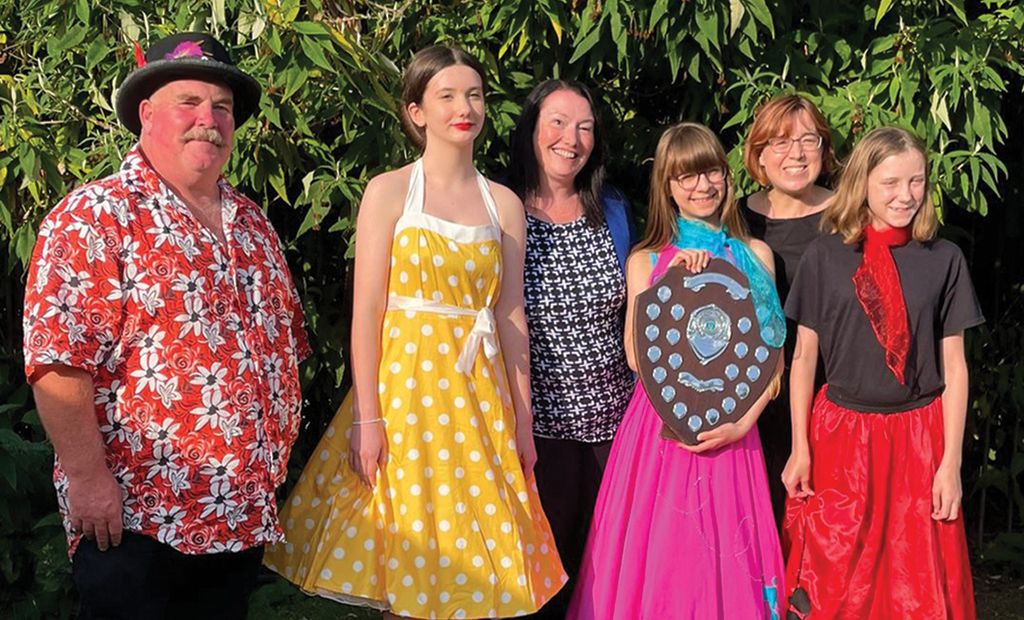At primary schools, it’s up to the parents to raise PTA funds. But once the children start secondary school, there’s no reason they can’t play their part. The Friends of Stowmarket High Student Club at Stowmarket High School in Suffolk (900 pupils) offers just such a space, in which students can engage and get involved.
Zoe Durrant, secretary and treasurer of the Friends of Stowmarket High (FOSH) suggested the club two years ago. She explains: ‘I had made decorations for our local Christmas Tree Festival with a group of pupils while I was a member of the primary school PTA. It was a fantastic way to encourage the young people to contribute to a community event, and I thought we could expand this idea to include older, more independent pupils too.’
Cover manager and school representative Thirza Shaw runs the club, which meets during school lunchtimes. She notes that while some students’ families have a PTA background, the club also actively recruits members with no connection through school notifications. ‘It’s a positive link to families,’ she says. ‘We focus on crafts, and while some children attend throughout the year, others join in for a specific project, such as making the carnival float.’
The club provides materials and activities that tie in with school events. ‘We create games to raise funds alongside school productions,’ says Thirza. ‘For the school’s recent production of Annie, we developed a game called “Guess how many pompom bubbles are in Annie’s bucket”. Recently, pupils collaborated with the school’s Food Champion Student Club and a local artist to design and paint a mural for the school dining area. Students say the club is a safe space to participate creatively in school events, meet new people and make friends.
Zoe adds that the club also helps maintain links between parents beyond the school gate, noting she was ‘worried that when my two children left their small primary school, I would no longer have contact with the other parents’. But the student club has helped reverse this trend. ‘In my opinion, it’s been even more successful with this age group,’ she says.
For anyone thinking of starting such a club at their school, Thirza advises they should ‘just go for it’, adding: ‘It’s important to keep it simple and manageable. Lunchtime is only 40 minutes, so you can only realistically meet for half an hour. It’s also important to involve the students in decision making. It’s their club, after all.






